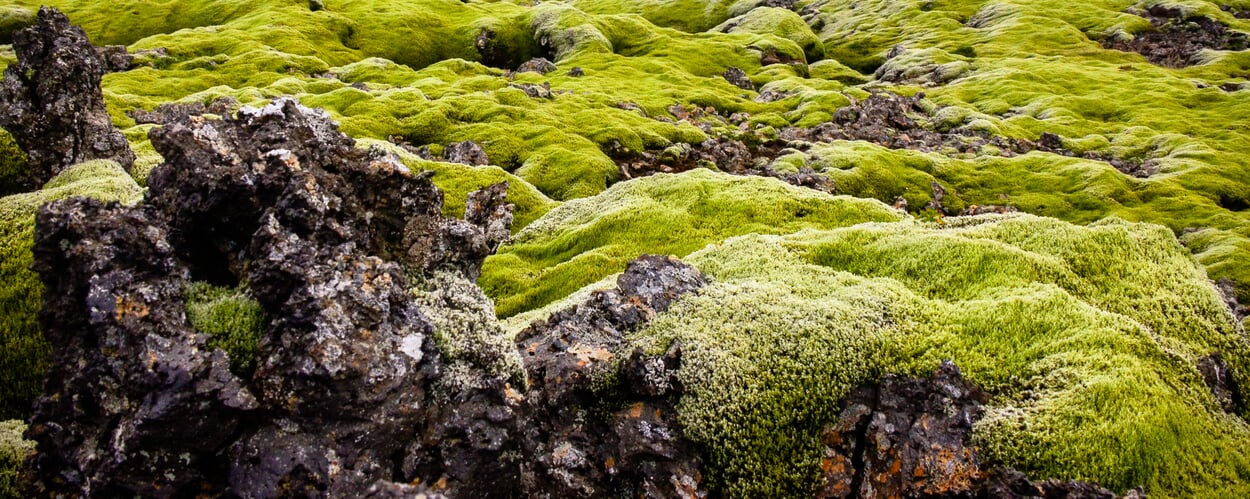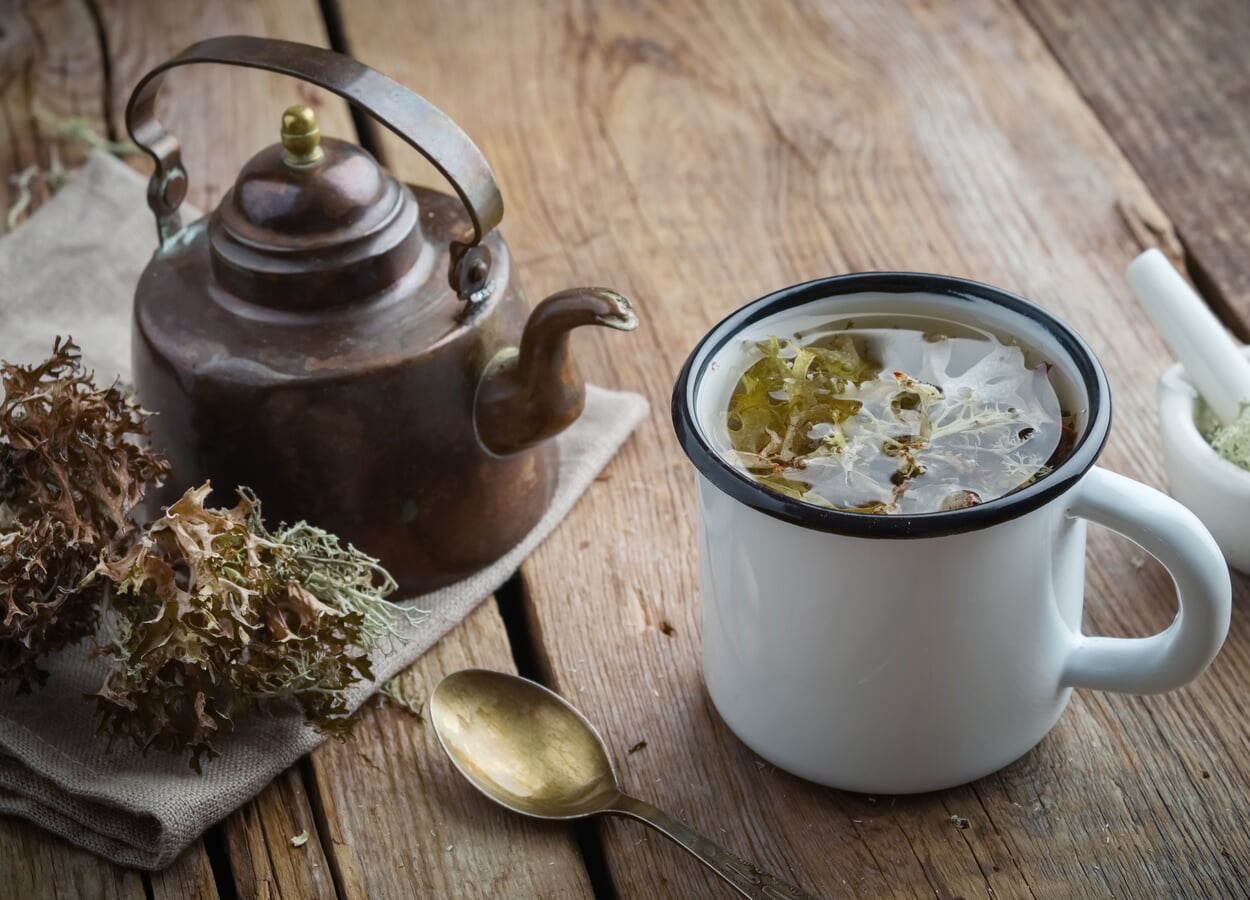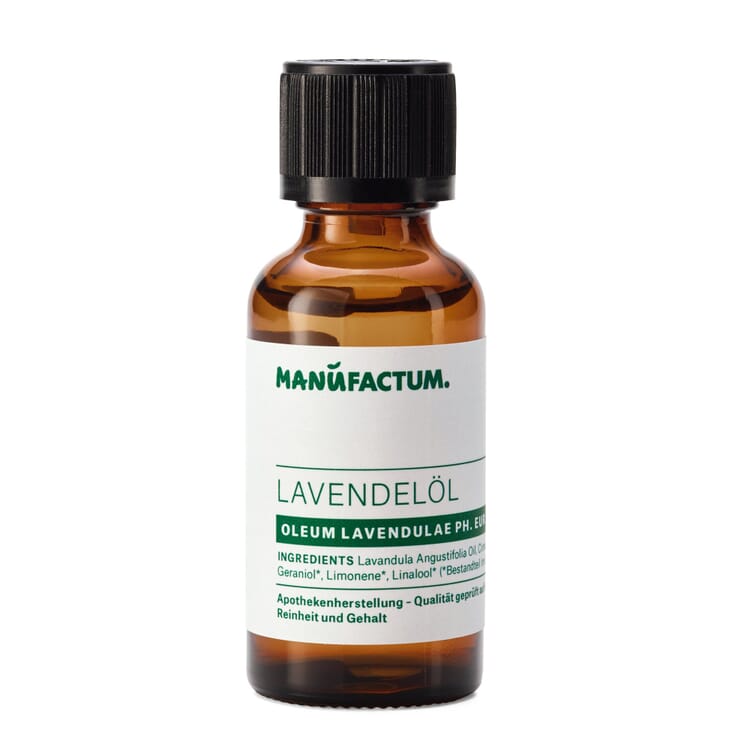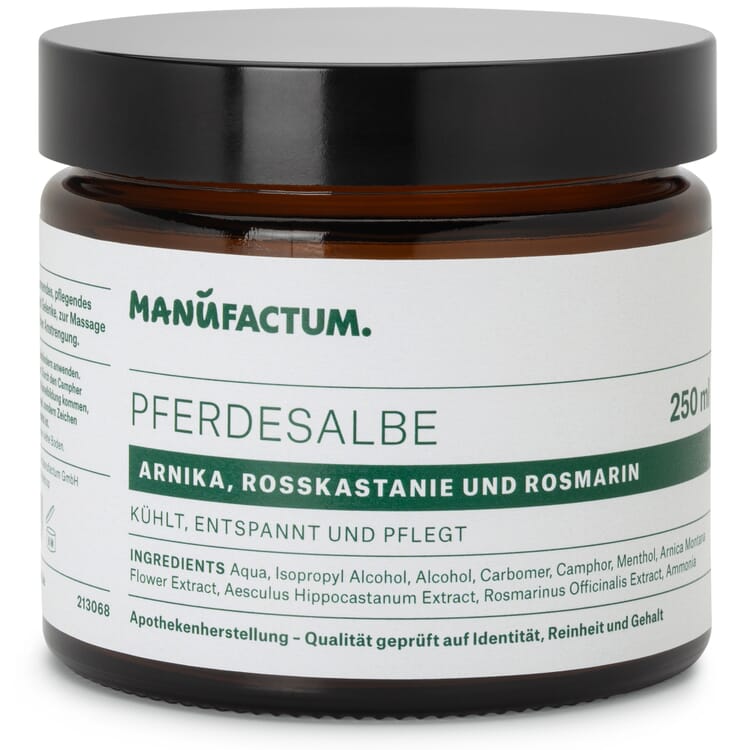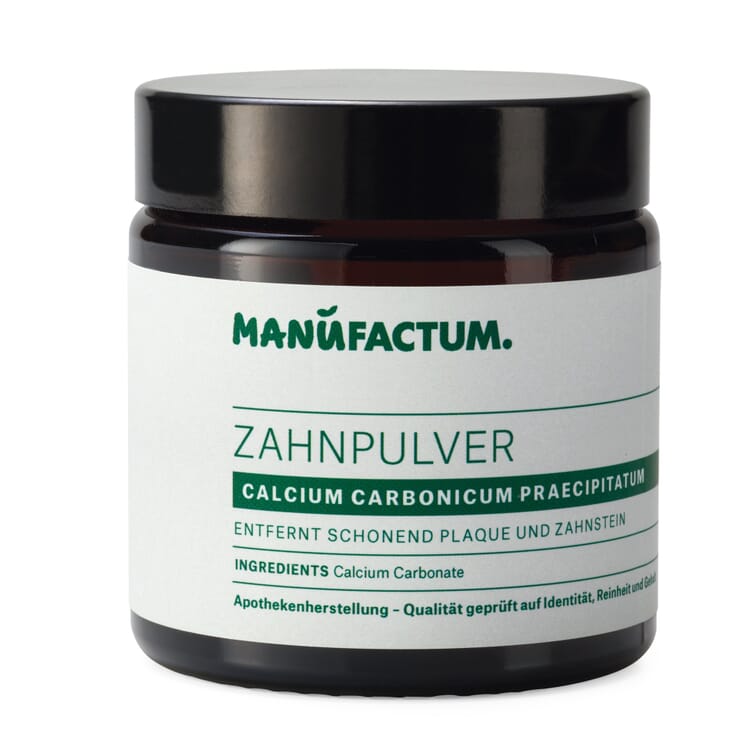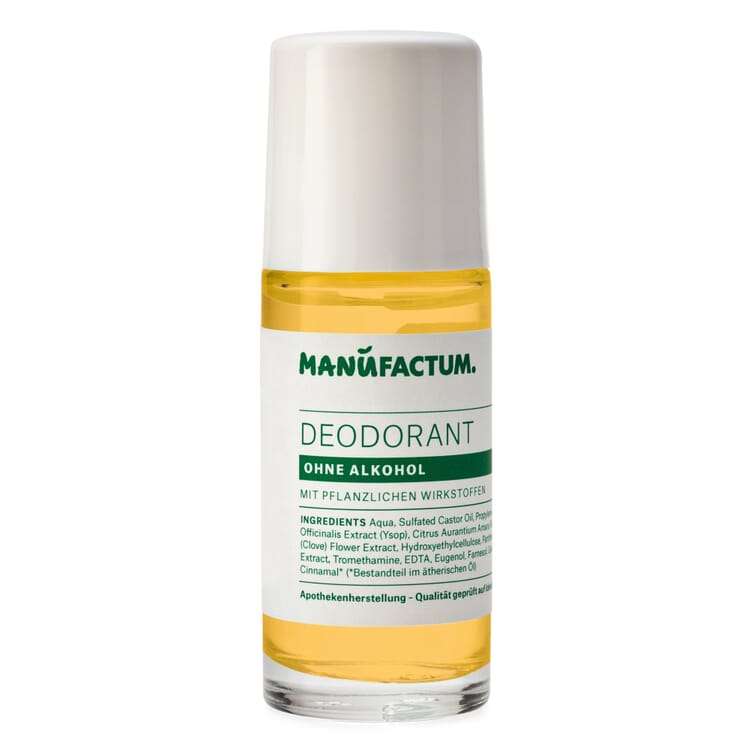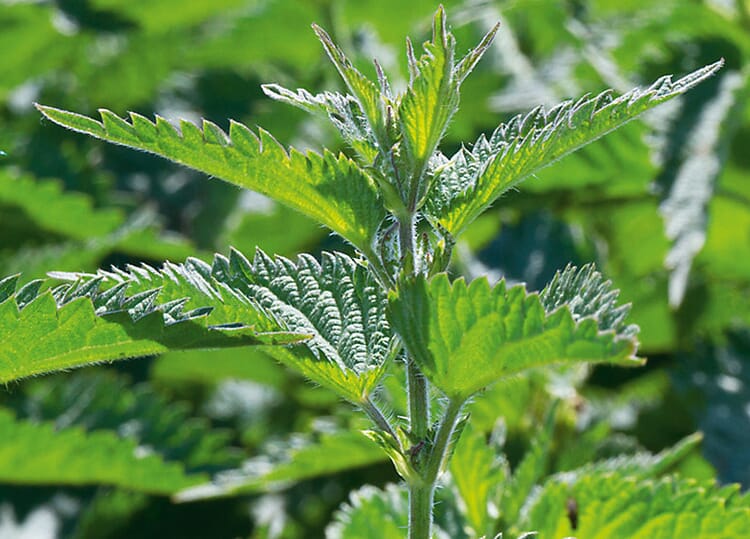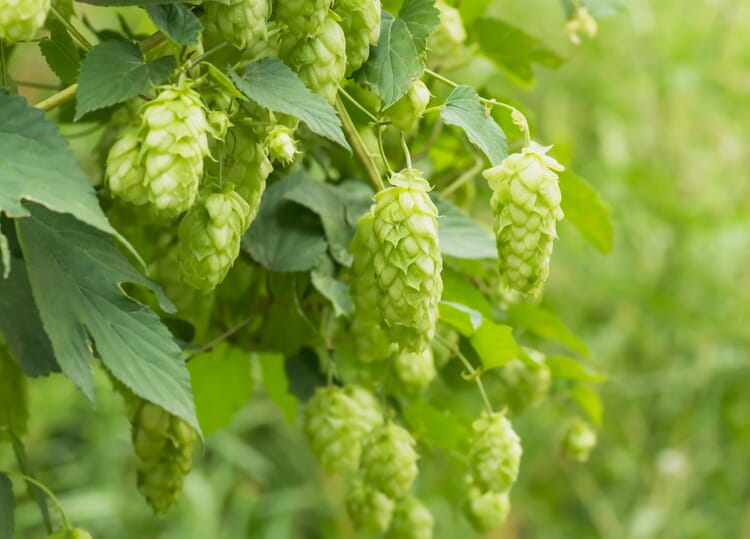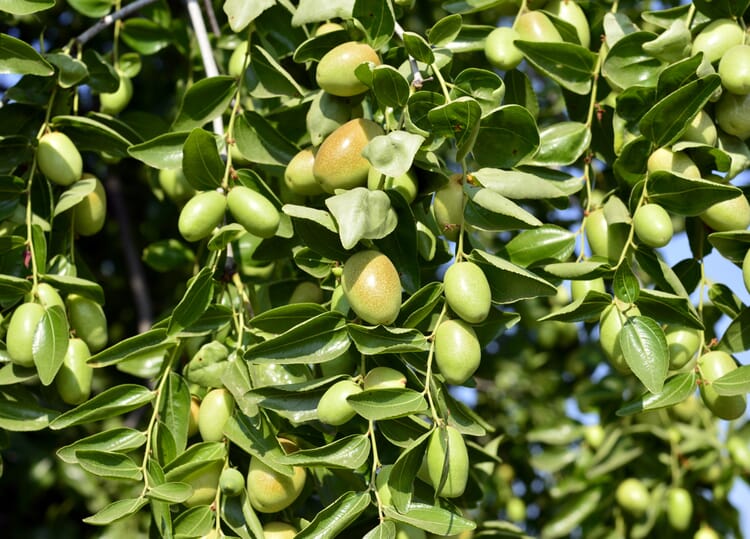Medicinal plants A|B|C
Iceland moss (Cetraria islandica)
The Iceland moss has a doubly misleading name: Neither is it typical of Iceland, nor is it a moss. It is a lichen - that is, a hermaphrodite of fungus and alga that live together in symbiosis. The lichen's pads, about a hand's width high, can cover large areas, so it is called "rock grass" in Scandinavian countries. Its braun-green, leathery lobes curl up in dry conditions and form whitish green, antler-like branched forms.
Origin and cultivation.
Everywhere in the temperate latitudes of the northern and southern hemisphere this lichen is widespread - also in Germany, but here it is protected. Icelandic moss copes well with nutrient-poor sites such as mountains, bogs and tundras, but is extremely sensitive to air pollution; it is therefore rarely found near settlements. In addition, like almost all lichens, it grows very slowly. Therefore, Icelandic moss mostly comes from wild collections. Harvesting takes place in late summer; the lichen is then stored in a darkened place to dry.
Ingredients.
In pharmacy, Iceland moss is known as "lichen" (Latin for "lichen"). It consists of up to 50 percent mucilage-forming polysaccharides, which, when taken internally, lay a protective layer over the mucous membranes of the mouth, throat and stomach and thus have an irritation-relieving effect. In addition, it has a mild antibiotic property that helps with inflammation of the respiratory tract and gastrointestinal tract. Due to its gentle effect, Icelandic moss is suitable for children and the elderly. Bitter substances are responsible for its unusual taste, which also increase appetite.
Use of Icelandic moss.
- Icelandic moss is used for mucous membrane irritation in the mouth and throat, irritable cough, hoarseness and sore throat. Forms of administration include aqueous extracts in cough syrups and pastilles.
- In the stomach, too, the resulting mucilage film has an irritation-relieving effect and supports the stomach lining in its function as protection against stomach acid.
- Shower gels and deodorants make use of the antibiotic effect of Icelandic moss. It prevents bacteria, whose metabolic products are responsible for the smell of sweat, from multiplying. In addition, its tannins reduce sweat production.
- Head dandruff is sometimes caused by a skin fungus, in which case it can be combated with a shampoo containing an extract of Iceland moss.
As a tea, Iceland moss is infused twice to soften the bitter taste (the first infusion is poured away after brief stirring). However, the antibiotic effect is then also greatly reduced. The second infusion is strained after ten minutes and drunk.
Exclusive Manufactum body care products
Recommended Topics
Nettles are unmistakable because of their stinging hairs - even in the Middle Ages, a botanist joked: "The stinging nettle is the only plant that can be seen at night." The great stinging nettle is perennial and reproduces essentially vegetatively by runners. The plant is dioecious, which means that there are male and female specimens - so if you want to collect nettle seeds, for example, you will only find them in the female plants.
View moreThe hemp plant is one of the few climbing plants whose tendrils wind clockwise (seen from above). North of the Alps, hops were cultivated in monasteries as a potent seasoning and preservative from the 8th century at the latest. Its breakthrough came with the Bavarian Purity Law of 1516, which ensured that beer could only be preserved with hops. Other beer ingredients, such as the psychoactive henbane, have since become a thing of the past.
View moreThe evergreen jojoba shrub grows in the Sonoran Desert, which occupies parts of Mexico, California and Arizona. The somewhat shaggy-looking shrub grows to about two meters high and is perfectly adapted to the dry climate: The taproot, which reaches up to ten meters in depth, supplies the plant with water, and the leathery, dull gray-green leaves are protected from too much evaporative loss by a layer of wax. The small, yellowish flowers appear from March to May.
View more
